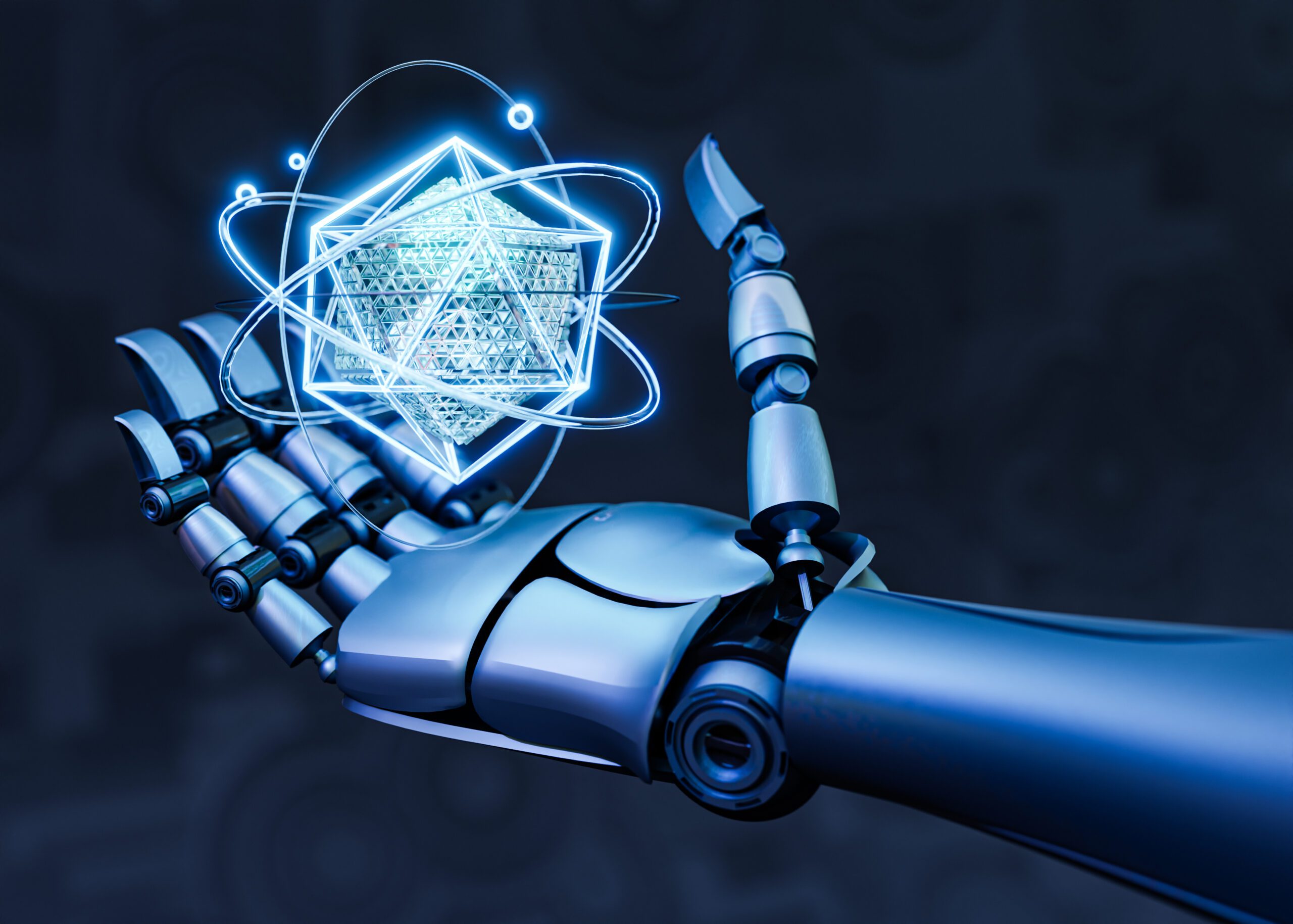HR data science is based on modern HR management. People analytics, or HR analytics, has become a more refined and data-driven approach to employee relations. This change is due to HR data science. Today’s HR professionals use data science to improve their operations and make HR procedures more accurate. This post explores data science applications in human resources and how they are changing key business functions.
This article will delve into the compelling world of HR data science, explaining its essence, significance, and application in HR practices. We will also highlight the skills required to excel in this field and how HR data science contributes to strategic decision-making in organizations.
What is data science in human resources?

Data Science Human Resources refers to the management and deployment of personnel within an organization who specialize in the field of data science. These human resources encompass professionals with expertise in data analysis, machine learning, statistics, programming, and other related domains.
HR Data Science, or People Analytics or Workforce Analytics, is the practice of gathering, analyzing, and reporting HR data. It enables organizations to gain a better understanding of their workforce, measure the impact of various HR metrics on overall business performance, and make data-driven decisions. Essentially, HR data science is a data-driven approach to human resources management.
Understanding the Intersection of Data Science and HR
Data science, in essence, is the study of data with the intent to gain valuable insights that can drive decision-making. It combines elements of mathematics, statistics, artificial intelligence (AI), and computer engineering. When applied to the realm of HR, it allows for a more analytical and evidence-based approach to managing human capital.
Types of HR Data Science
HR analytics can be classified into four types based on the purpose and the level of insight they provide:
- Descriptive HR Analytics: This type of analytics examines historical data to understand what has happened in the past. For instance, it can help determine the annual turnover rate of an organization.
- Diagnostic HR Analytics: It delves deeper into the data to find out why something happened. For example, it can examine absenteeism data to identify the drivers of absenteeism within an organization.
- Predictive HR Analytics: This approach uses current and historical data and statistical models to predict future behaviors and events. For instance, it can explore recruitment data to determine the top attributes of the ideal candidate for a specific role.
- Prescriptive HR Analytics: The most advanced form of analytics, it suggests potential future outcomes and scenarios and proposes recommendations to address them. For example, it can develop an algorithm to predict the kind of onboarding a new hire might need based on their experience and skill level.
Key HR Metrics for Data Science
HR metrics are important pieces of information for keeping track of human capital and figuring out how much HR projects are worth. In data science, some of the most common HR metrics are the ones below:
- Employee Turnover: This is the percentage of employees who leave the organization during a specific period. Analyzing employee turnover can reveal helpful insights, such as which departments, positions, or managers lose the most workers.
- Absenteeism: This refers to the habitual non-presence of an employee at their job without valid reason or notification. A high number of unplanned absences can be a sign that employees are unhappy and point out which areas of the organization need attention before they lead to more turnover.
- Revenue per employee: This is the average revenue generated per employee, usually calculated on an annual basis. It reflects the organization’s overall efficiency.
- Employee Net Promoter Score (NPS): This metric reflects employee loyalty and satisfaction with the organization as an employer. The higher the score, the more likely it is that employees are satisfied and willing to promote the organization.
- Cost per hire: This metric illustrates what it costs to recruit an employee. It factors in all of the associated expenses, such as recruitment advertising, background checks, referral or sign-on bonuses, and administrative and staffing costs.
Data Science in Human Resources: A New Phase in HR Management

A new era in HR management is beginning with the use of data science in HR, which is also called HR data science. Using data science tools and methods to improve HR functions is what this application is all about. This will lead to better decisions and better results.
Recruitment and hiring
One of the most important ways that data science is used in HR is in the hiring and recruiting process. By looking at information from resumes, cover letters, and job applications, HR data science can help speed up the hiring process and find the best candidates.
Employee Retention
Data science is also a key part of keeping employees. HR departments can make plans to improve job satisfaction and keep more employees by looking at the reasons why people leave their jobs.
Performance Management
Finding places to improve and giving employees more objective feedback are two big ways that HR data science can make performance management much better.
Diversity and inclusion
Data science can help HR professionals create a more diverse and welcoming workplace by revealing areas where there are gaps in diversity within a company.
Learning and development
Analysis of employee performance data by data science can show where skills are lacking and training is needed. In this way, human resources professionals can create customized training programs that boost overall performance.
Compensation and Benefits
By finding market trends and employee preferences, data science can help HR professionals come up with competitive pay and benefit packages.
Succession Planning
Data science is a key part of succession planning because it helps find employees with a lot of potential. This lets human resources professionals make more personalized growth plans and makes succession planning better overall.
Employee Engagement
HR data science can assess employee engagement by analyzing feedback and performance data. This analysis enables HR professionals to pinpoint areas for improvement and devise strategies to boost employee engagement and job satisfaction.
Workforce Planning
Planning the workforce means figuring out what skills and abilities will be needed in the future and predicting what those needs will be. Data science can help HR professionals make plans for the future that are in line with the organization’s goals by revealing trends in the workforce and predicting what workers will need in the future.
Workplace Safety
Safety at work is very important for making sure that employees are healthy. By looking at data like injury rates and absence rates, data science can help find safety risks. This lets HR professionals come up with safety plans that deal with potential risks and make the workplace safer overall.
The Role of the HR Data Scientist
HR data scientists are professionals who apply data science methodologies to HR functions. They are also known as HR data scientists. A unique combination of data science expertise, human resources expertise, and soft skills is required for this position. They must possess the ability to analyze complicated data, interpret statistical models, and provide stakeholders with recommendations that are both clear and actionable.
The unique challenges faced by HR data scientists

When HR data scientists look at people’s data, they often have to deal with special problems. For instance, they might have to use methods for big data to solve problems with small data. They also often have to solve problems that need both prediction and inference, like figuring out why top performers might leave a company.
Why use HR data science?
Leveraging data has become crucial to expanding the role of HR within organizations. HR data science enables HR to:
- Make evidence-based decisions that impact both employees and the organization.
- Uncover inefficiencies and improve productivity, reducing costs in the process.
- Build a business case for HR interventions.
- Evaluate the effectiveness of HR interventions and people policies.
- Be proactive in navigating change, disruption, and uncertainty.
How to Get Started with HR Data Science?
HR data analysis involves several phases. Here is a simplified overview of the steps:
- Asking a Relevant Business Question: Start with a clear end goal in mind. Identify the area you’re focusing on and what you need the data to tell you.
- Data Selection: Identify which data you need to answer the question and where you will find it.
- Data Cleaning: Review the collected data for any missing data and structural errors.
- Data Analysis: Summarize and analyze the data to reveal trends, correlations, and patterns.
- Actionable Insights: Interpret the data and turn that into courses of action.
HR Data Science Certification
One of the fastest-growing jobs is HR Analytics Manager, so learning how to do HR and people analytics is a great way to get ahead in your career. Getting certified in HR analytics gives you the skills and credentials you need to grow and succeed in the HR field, which is always changing.
Conclusion
HR data science holds enormous value for an organization. By applying complex statistical analyses, HR can predict and change the future of the workforce and create a real financial impact from human resource practices. HR professionals who embrace the role of HR analytics and can decipher its insights help their organizations thrive and set themselves up for success in the future of HR.
 Data Science in Digital Marketing Data Science in Digital Marketing: Mechanism Examples, Benefits Data Science Meets Digital Marketing Magic
Data Science in Digital Marketing Data Science in Digital Marketing: Mechanism Examples, Benefits Data Science Meets Digital Marketing Magic



